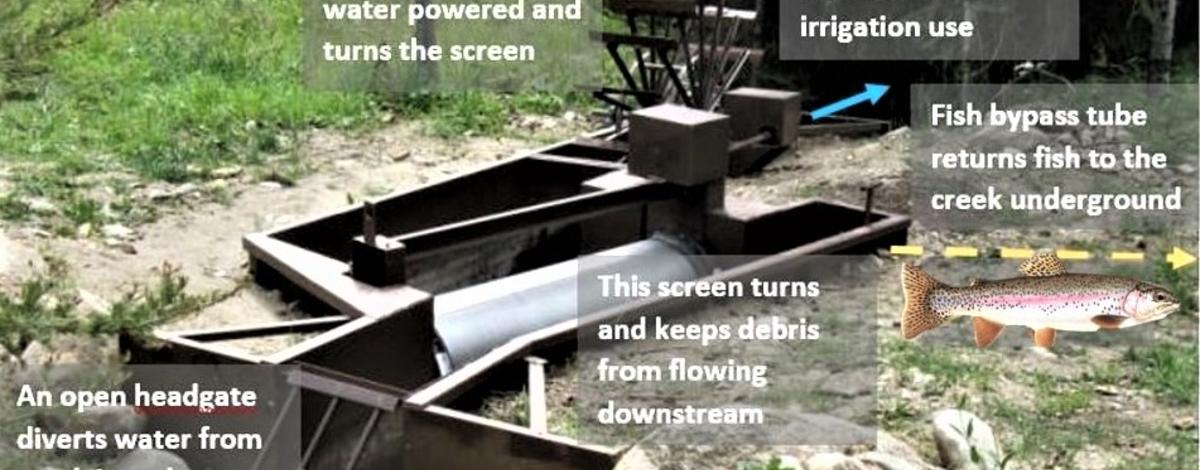To keep fish out of irrigation ditches, irrigators who divert water from local rivers and streams are asked to contact Idaho Fish and Game’s Anadromous Fish Screen Program at 208-756-6022 at least one week prior to turning their water on.
This will allow Fish and Game enough time to get all fish screens in place and fully operational, which will prevent trapping fish in the irrigation ditches.
The upper Salmon River and many of its tributaries provide critical habitat for Chinook salmon, steelhead, and other fish to spawn and to rear as juveniles. After hatching, juvenile salmon and steelhead spend one to two years seeking out suitable habitat where they can find food and cover until they migrate downstream to the ocean. It is during this time, when the young fish are actively migrating downstream, that they are at risk of being diverted into one of the many ditch systems.
Because of the fish screening efforts, all fish are safely returned to the river or stream. Fish screens not only prevent the loss of Chinook salmon and steelhead, but sockeye salmon, cutthroat trout, rainbow trout, bull trout, and mountain whitefish as well.
The success of the fish screening program was measured with a study that counted fish as they were returned back to the river after being diverted. It was found that in the Lemhi River, up to 88 percent of all migrating juvenile Chinook salmon are diverted into at least one ditch system as they migrate downstream to the ocean.
Fortunately, Idaho Fish and Game’s screen program, water users, and area landowners have been working together successfully to prevent the loss of fish into ditch systems for 65 years. The Screen Program currently operates and maintains over 280 fish screens that have been installed with the cooperation of local landowners and water users.

